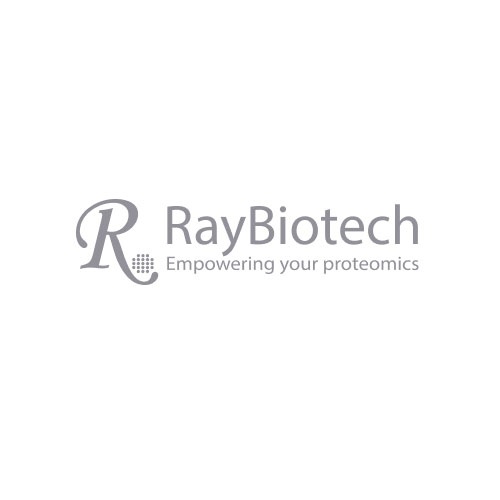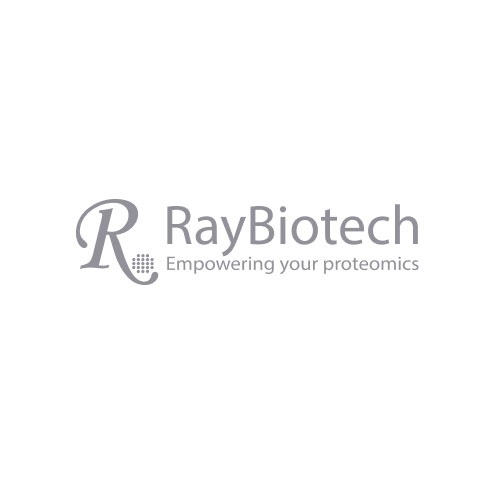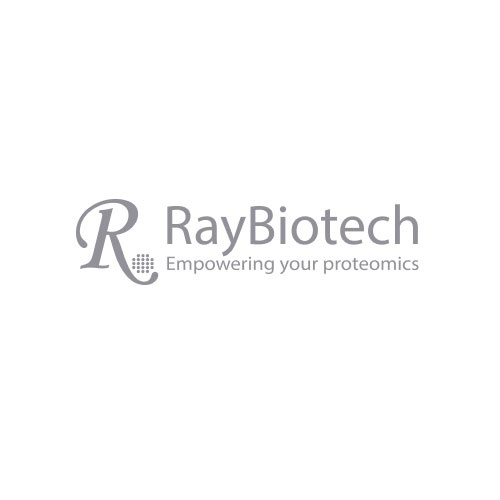m7G (N7-methylguanosine) Dot Blot Assay Kit
The RayBiotech m7G dot blot assay provides a simple and rapid method of quantifying the global m6A levels in RNA/DNA, urine, serum, plasma, or other nucleic samples collected from all species.
Product Description
Specifications
| Size | 1 Kit |
|---|---|
| Species | Human, Mouse, Rat |
| Quantitative/Semi-Quantitative | Semi-Quantitative |
| Compatible Sample Types | Plasma, Serum, Extracted RNA |
| Research Area | Methylation, Epigenetics |
| Estimated Lead Time | 1-2 business days |
| Shipping Type | Blue ice |
| Storage | 4°C |

Amazon Gift Cards!
$5 Amazon gift card in every kit box purchased.
| Component | Size / Description |
|---|---|
| m7G Antibody | 1 vial |
| Anti-Rabbit IgG-HRP Antibody | 1 vial |
| Detection Buffer C | 1 bottle |
| Detection Buffer D | 1 bottle |
| Wash Buffer | 1 bottle |
| Blocking Buffer | 1 bottle |
| MB Staining Buffer | 1 bottle |
| NC Membranes | 4 sheets |
| Plastic Sheet | 8 sheets |
| Black Incubation Box | 1 box |
Additional Materials Required
- RNase-free tubes
- Heat blocker
- 10 cm plastic petri dish
- UV cross-linker
- Chemiluminescent Imaging system
Assay Procedure Summary
- Sample preparation: Depending on the type of sample (RNA, plasma, or serum), different methods of extraction, dilution, and denaturation are required.
- Sample loading and crosslinking: The sample is spotted onto a nitrocellulose membrane, air dried, and crosslinked with UV light twice.
- Methylene blue staining: One line of the spotted sample replicates is cut off and stained with methylene blue buffer to serve as an internal control.
- Blocking and antibody incubation: The membrane is blocked with blocking buffer and then incubated with anti-m1A antibody and HRP-conjugated secondary antibody.
- Detection and imaging: The membrane is treated with a mixture of detection buffers C and D, which catalyzes a color development reaction. The chemiluminescent signal is captured by an imaging system.
Typical Data

Storage/Stability
The entire kit may be stored at -20°C to -80°C for up to 12 months from the date of shipment. For extended storage, it is recommended to store it at -80°C. Avoid repeated freeze-thaw cycles.


